When you want to buy the best outdoor LED display for your business or advertiser, then how do we judge the goodness of an outdoor LED display and how do we choose the best one? I believe you will have a clear perception after reading this article.
#Muenled
#OutdoorLEDdisplay
All posts tagged: led display
The hardest part of starting up is starting out
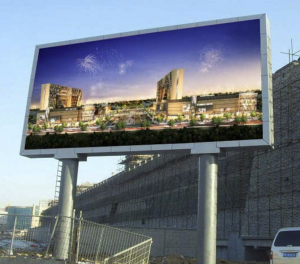
How to judge the quality of outdoor LED display screens?
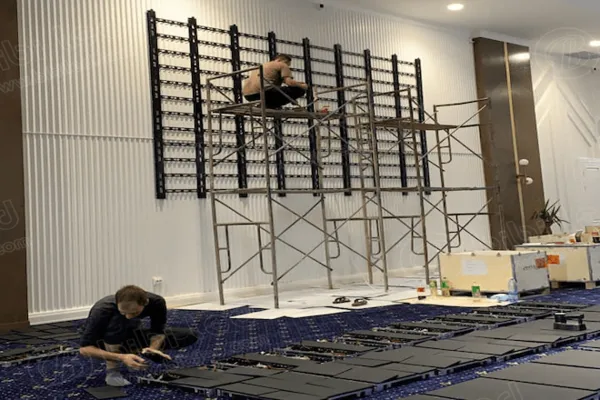
How to install the LED screen frame?
We are accustomed to the LED display compared to a desktop computer, is to better enable the reader to understand the reasoning. For example, we are going to introduce today’s LED screen frame, can be seen as a computer host shell, it is also an important way to protect the LED module, is an essential tool for LED display.
#Muenled
#LEDdisplay

Advantages and disadvantages of LED display screens
LED display is now commonly used in commercial advertising, so we can see the use of LED display in many scenes. This is inseparable from its advantages. So what are the advantages and disadvantages of LED display? Let’s learn about them separately.
#Muenled
#LEDdisplay
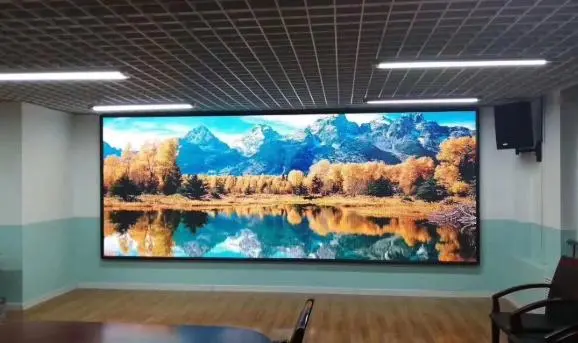
Methods for judging the quality of LED display screens
At this stage, more and more outdoor advertising are designated LED display as the first choice, we buy the LED display quality directly determines its service life and overall value. This article will guide you how to judge the better quality of LED display, let’s learn about it together.
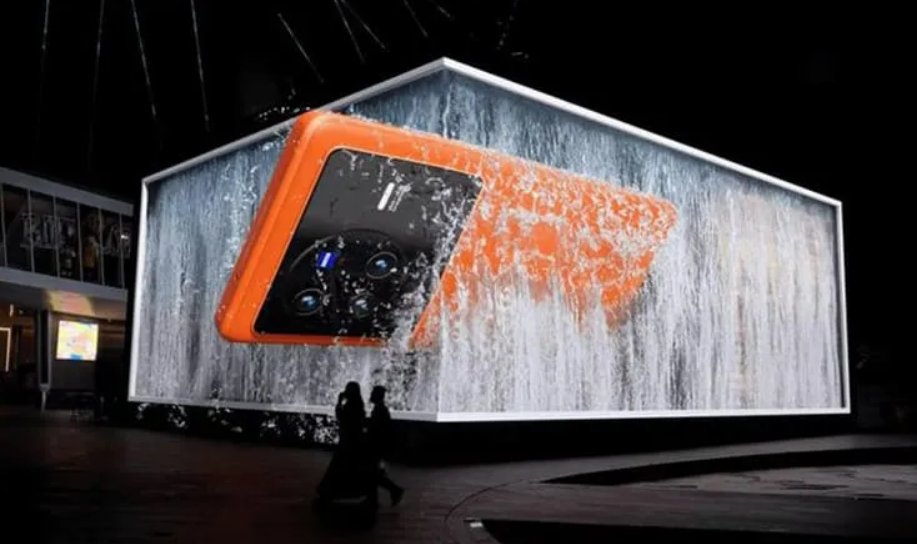
The amazing advertising effect of Chinese 3D billboards
In the social media suddenly burst into flames about China 3D billboards, from the word click to watch, related to the 3D video image effect is amazing, China 3D billboards is how the development of this step today, let’s follow this article to understand.
#Muenled
#3Dbillboards
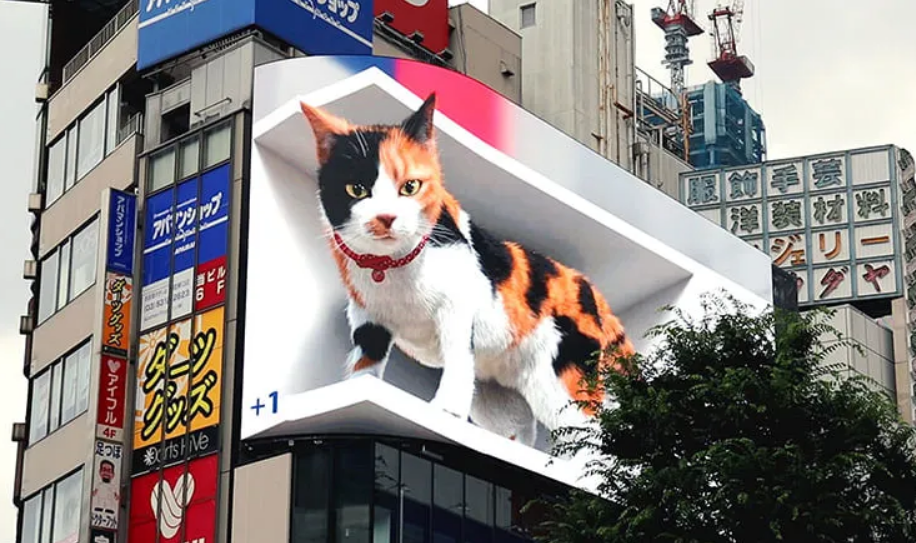
How can Nike 3D billboards attract users?
Nike is one of the most famous shoes in the world, and in order to increase its popularity, the company has placed 3D billboards in many countries around the world with sophisticated graphics and three-dimensional effects. In this article, we’ll take a look at Nike 3D billboards.
#Muenled
#Nike3Dbillboards
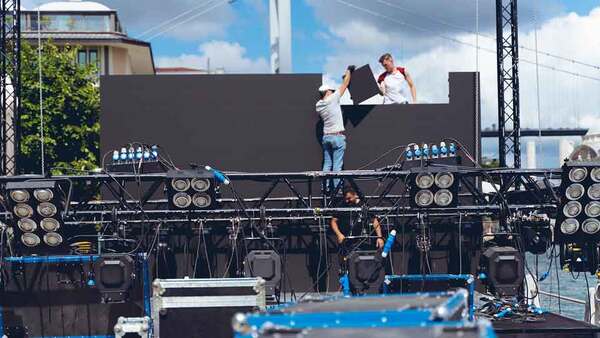
How to quickly identify and handle damaged LED display screens?
LED screen as a very wide range of uses now display, it is high-definition and exquisite picture quality and free and varied shape by the major industries, but LED screen as electronic equipment, will inevitably be used in the process of some adverse circumstances, resulting in damage, these damages may be caused by the environment, it may also be the use of the process because of some inappropriate maneuvers lead to.
Either way, we understand these common types of LED screen damage, can help us in the process of use, better to avoid the behavior that may lead to damage to the LED screen, and how to deal with the problem after the damage.
#Muenled
#LEDdisplay
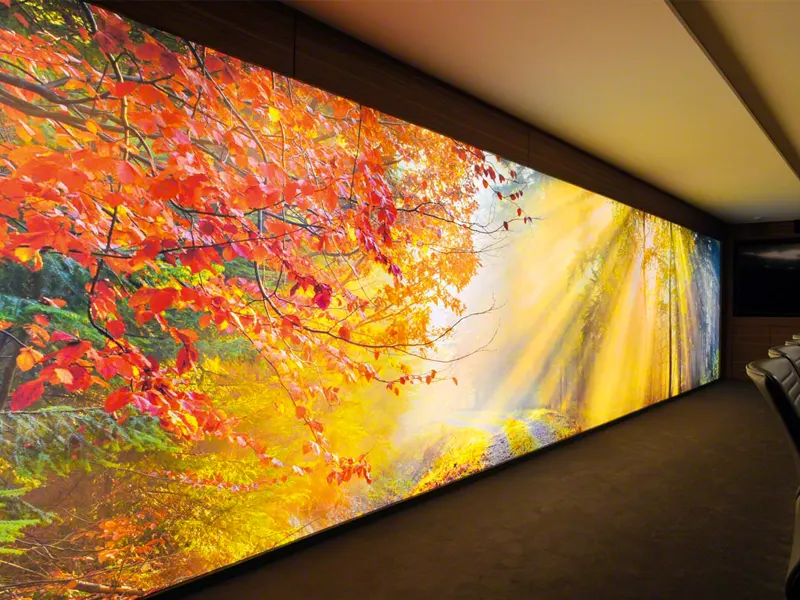
Types, characteristics, and applications of large format LED display screens
With the development of modern science and technology, the application of large format LED display is more extensive, large can be used in the field of security monitoring, small can be used in the conference room for summary report. In order for you to better understand the large format LED display, this article will provide you with an introduction.
#Muenled
#LEDdisplay
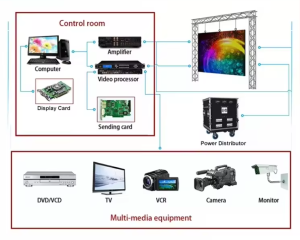
What are the components of an LED screen?
When we watch the picture shocking giant stage performance screen, or shopping mall advertising signage, the vast majority of these are the use of LED screen to complete the picture display. LED screen is so powerful, a complete LED screen is composed of what components, we come together to understand.
#Muenled
#LEDscreen
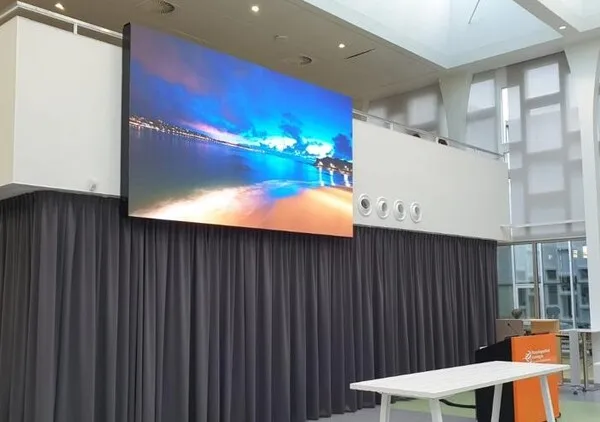
Quick Guide to LED Walls and LED Wall Content
In many commercial districts or high-rise buildings, we can always see some large LED wall displays, which enjoys a good reputation in the market for its stunning visual effects and powerful visual impact.
What is LED wall? How should we create LED wall content? With this article, we can quickly learn the answers about these contents.
#Muenled
#LEDwallsdisplay